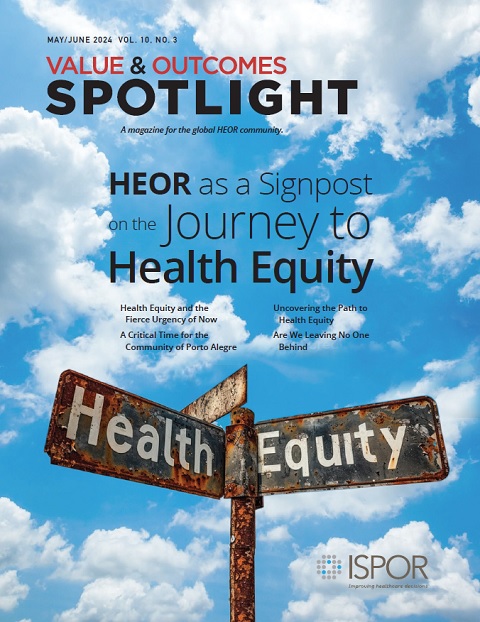Research Roundup
Section Editor: Aakash Bipin Gandhi, BPharm, PhD, Health Economics and Value Assessment Business Partner, Sanofi, Cambridge, MA, USA
Health equity and decentralized trials. Dahne J, Hawk LW. JAMA. 2023;329(23):2013-2014.
Summary
The article by Dahne and Hawk describes health equity in the context of decentralized clinical trials. Specifically, the article stresses the need for robust evidence and studies that would help determine whether a decentralized approach improves access to clinical trials for individuals that face health disparities. Decentralized approaches can help improve trial access by helping individuals overcome logistic barriers including transportation issues and proximity to trial sites. Further, individuals with child or caregiver responsibilities or disability can also benefit from this design. However, there is lack of robust scientific evidence that quantifies the direct impact of decentralized trials on health equity. Possible unintended consequences of using decentralized approaches also need to be considered before its selection as a primary method of improving trial representativeness. For example, decentralized approaches are highly dependent on digital technologies. However, underrepresented groups may have lower rates of technology uptake (possibly due to lack of internet access), which exacerbate health equity issues in trials instead of resolving the same.
Relevance
In light of the COVID-19 pandemic, decentralized clinical trials offer the ability to leverage digital tools to present certain trial procedures to participants. These include study recruitment postings, informed consent forms, clinical outcomes assessments, and compensation processes. While offering these advantages, decentralized trials should not be misunderstood as being the ideal process to improve trial representativeness. Formal scientific comparisons between decentralized and traditional randomized trials can help determine which design would be most effective in improving trial access for underrepresented populations.
Mapping health disparities in 11 high-income nations. MacKinnon NJ, Emery V, Waller J, et al. JAMA Network Open. 2023;6(7): e2322310-e2322310.
Summary
In this article, MacKinnon et al describe differences in geographic health disparities across 11-high income nations based on results from the 2020 Commonwealth Fund International Health Policy (IHP) survey. The IHP survey is cross-sectional and represents a nationally representative sample of patients that self-report data on 10 health disparity indicators across 3 domains. These include health status and socioeconomic risk factors, affordability of care, and access to care. The countries included in the survey were Australia, Canada, France, Germany, The Netherlands, New Zealand, Norway, Sweden, Switzerland, the United Kingdom, and the United States. The study found that compared to other countries in the survey, the United States had the most geographic health disparities (5 out of 10 indicators). Of the countries surveyed, Canada, Norway, and The Netherlands did not display any statistically significant geographic disparities. Access to care was found to be the primary indicator of disparity among the surveyed countries that showed statistical significance for the presence of geographic health disparities.
Relevance
Findings from this study can help policy and decision makers introduce suitable interventions and programs that can help improve geographic health disparities.
The US health equity crisis—an economic case for a moral imperative? Wadhera RK, Dahabreh IJ. JAMA. 2023;329(19):1647-1649.
Summary
The study by Wadhera and Dahabreh estimated and reported the economic burden of health inequities stratified by racial and ethnic subgroups in the US population. Specifically, the study inclusion criteria focused on adults in the United States that were ≥25 years old who had less than a 4-year college degree. The study utilized the Medical Expenditure Panel Survey and state-level Behavioral Risk Factor Surveillance System data to calculate excess medical expenditure stratified by race and ethnicity. The authors found that the economic burden of racial and ethnic inequities ranged from $421 billion to $451 billion depending on the dataset used for the assessment. A large proportion of the economic burden was associated with the disproportionately poor health among African Americans compared to the rest of the population included in the study. Further, the economic burden of education-associated inequities ranged from $940 billion to $978 billion depending on the dataset used for the assessment.
Relevance
This study displayed and quantified the extent of adverse economic consequences attributable to health inequities across racial and ethnic minorities in US populations. These findings can guide policy decision makers in targeting suitable interventions, programs, and government initiatives at the state and national levels to mitigate the economic consequences of health inequities in these populations.
Note from the Section Editor: Views, thoughts, and opinions expressed in this section are my own and not those of any organization, committee, group, or individual that I am affiliated with.

